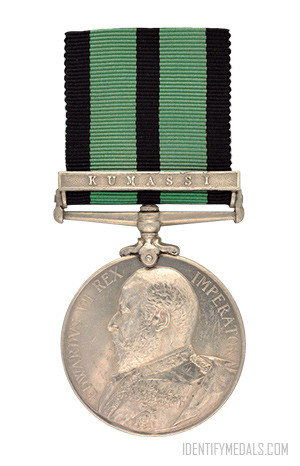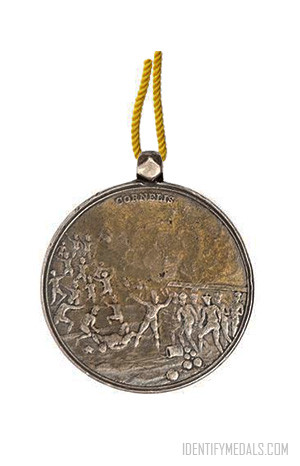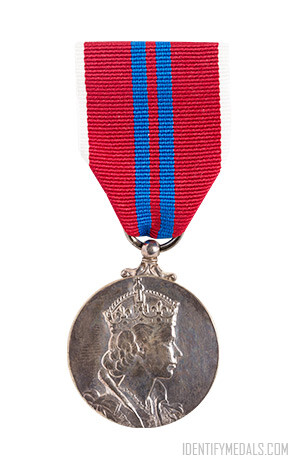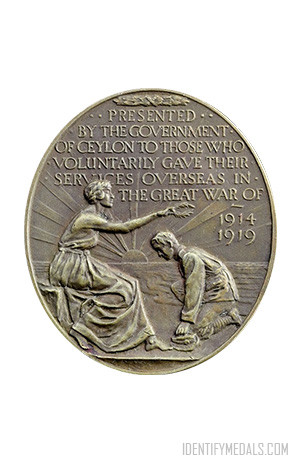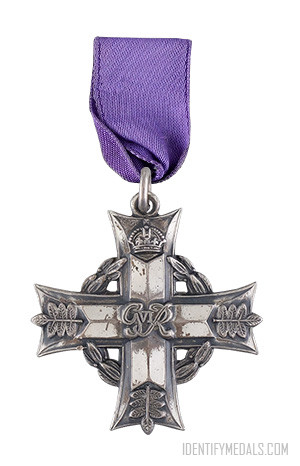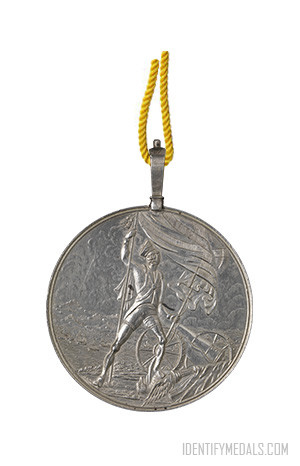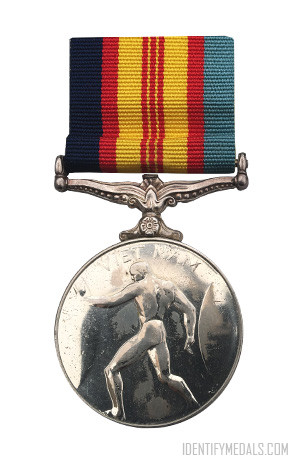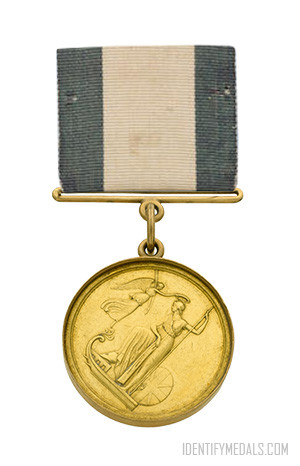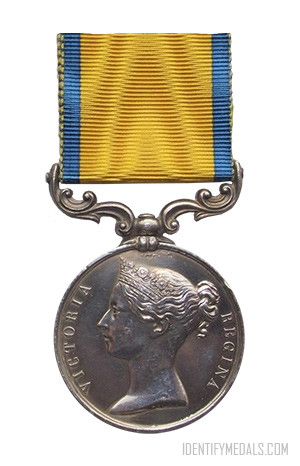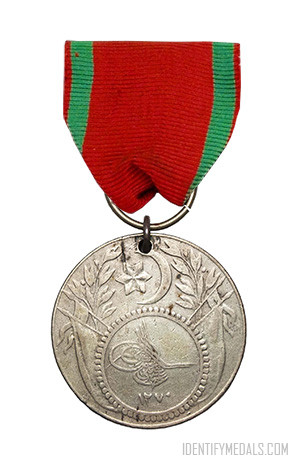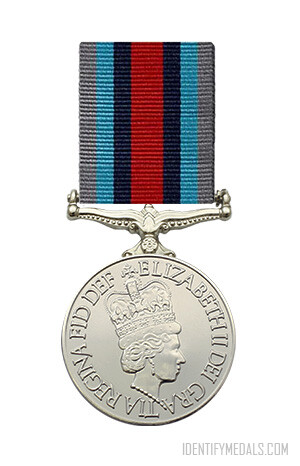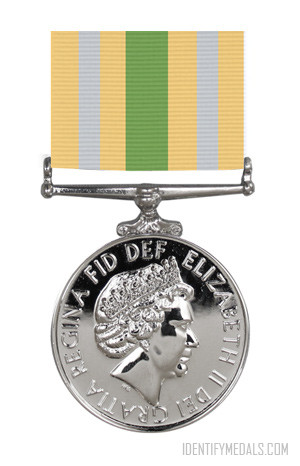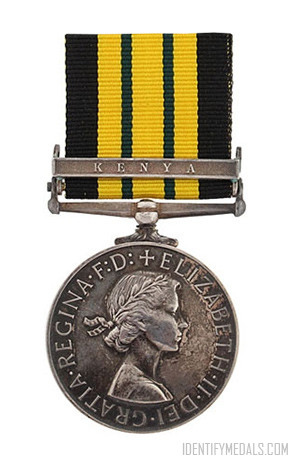- Time Period: Pre-WW1
- Year of Institution: 1901
- Country: Great Britain
The Ashanti Medal was the first campaign medal authorized by Edward VII and awarded to troops that were engaged in the Third Ashanti Expedition, also known as the War of the Golden Stool. The medal was sanctioned in October 1901.
This expedition lasted from March until December 1900, with the final outcome that the Ashanti maintained its de facto independence. Ashanti was made a Protectorate of the British Empire, but they ruled themselves with little reference to the colonial power.
The clasp ‘KUMASSI’ was awarded to the forces besieged within Kumassi between 31 March and 15 July 1900 and to members of the two relieving columns, under Colonel James Willcocks and Colonel A.P. Burroughs respectively.
About 4,400 silver and at least 900 bronze medals were awarded. While no British Army units took part in the campaign, 183 European officers and 80 European NCOs received the silver medal, as well as 139 European civilians and 4,000 locally recruited troops and constabulary who received the medal in silver.
The Ashanti Medal Design
The Ashanti medal was designed by George William de Saulles, it was circular and measured 36 millimeters (1.4 in) in diameter.
The obverse shows the bust of King Edward VII in Field Marshal’s uniform facing left with the inscription ‘EDWARDVS VII REX IMPERATOR’. The reverse displays the British lion standing on a rocky cliff facing a rising sun with, below, a native shield and crossed spears with a scroll bearing the inscription ‘ASHANTI’.
The medal was awarded in silver to combatants and in bronze for native carriers. The ribbon is green, measures 33 millimeters (1.3 in) wide, with three 5 millimeters (0.20 in) black stripes, one at each edge and one in the center.
The rim of the medal was impressed with the recipient’s name and unit in small square capitals. Officers’ medals often had details engraved in script.

